Content Warning: This article contains discussions/references of graphic violence, murder, and death.
A good director will make a movie that’s fun to watch, but a great director will have their movies talked about for years to come. Whether it's because they cast the right actors', helped produced aesthetically pleasing cinematography, or the iconic soundtrack, many filmmakers have made a name for themselves in Hollywood. However, there is also one other way some movies have been memorialized: their endings.
One of the greatest tricks a filmmaker can pull off is spoiling the ending in a way that the audience doesn’t notice the first time. Masters of foreshadowing like Martin Scorsese and Hot Fuzz director Edgar Wright plant subtle hints at how the story will end that go over the viewers’ heads on their first go-around. But if they’re eagle-eyed enough, they’ll pick up on those hints on repeat viewings.
10 The Prestige (2006)
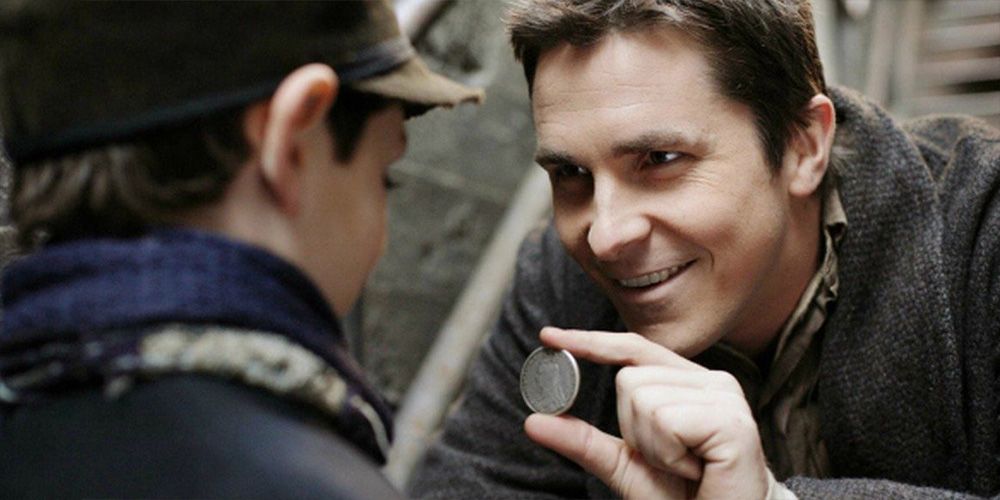
One of Christopher Nolan’s commercially successful movies, The Prestige stars Christian Bale and Hugh Jackman as rival magicians, who are engaged in a fierce rivalry as they try to pull off the fabled “Transported Man” illusion. As Jackman's character struggles to work out how to do it, the shocking twist ending reveals Bale’s "Alfred Borden" is a character conjured up by two identical twin brothers - with both of them switching roles to get a chance in the limelight.
This was actually foreshadowed much earlier in the movie when Borden explained how he did a similar trick with two identical birds. In constructing The Prestige, Nolan used magicians’ techniques like misdirection to preserve the twist. Most cinephiles would agree that this trick certainly worked upon the first watch since many had been preoccupied with the rivalry between the two magicians.
9 Shutter Island (2010)
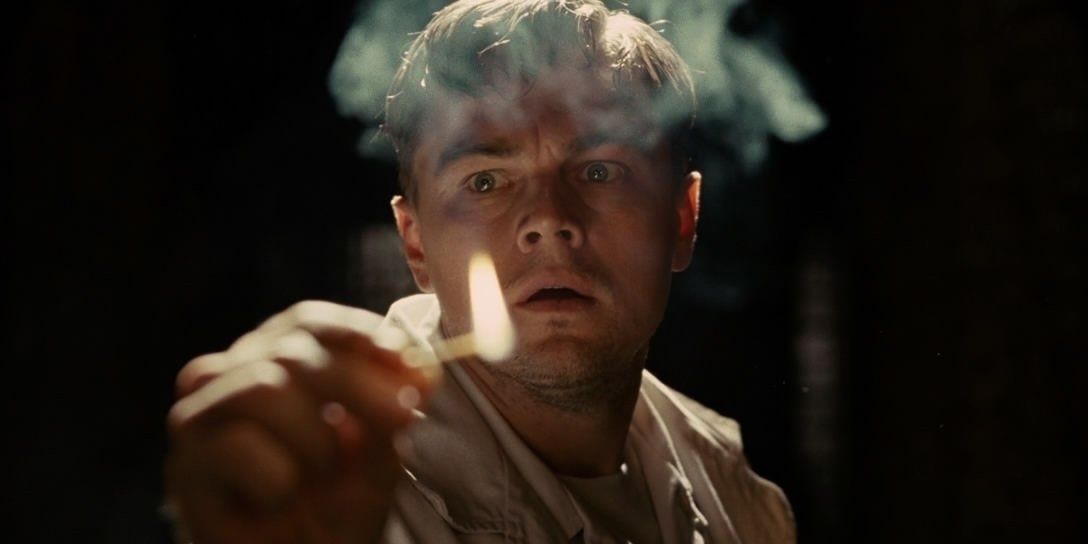
Initially, Martin Scorsese’s Shutter Island establishes the premise of two U.S. Marshals – Teddy Daniels (Leonardo DiCaprio) and Chuck Aule (Mark Ruffalo) – traveling to a mysterious psychiatric hospital on a remote island to investigate the disappearance of a patient. From the very beginning, it’s clear that things are not what they seem. It is only until the end does the audience find out that Daniels is a patient at the hospital.
While audiences were surprised by this ending initially, some have noticed that it was subtly foreshadowed in an early scene in which Aule struggles to unholster his weapon (suggesting he’s not really a law enforcement official).
8 Fight Club (1999)
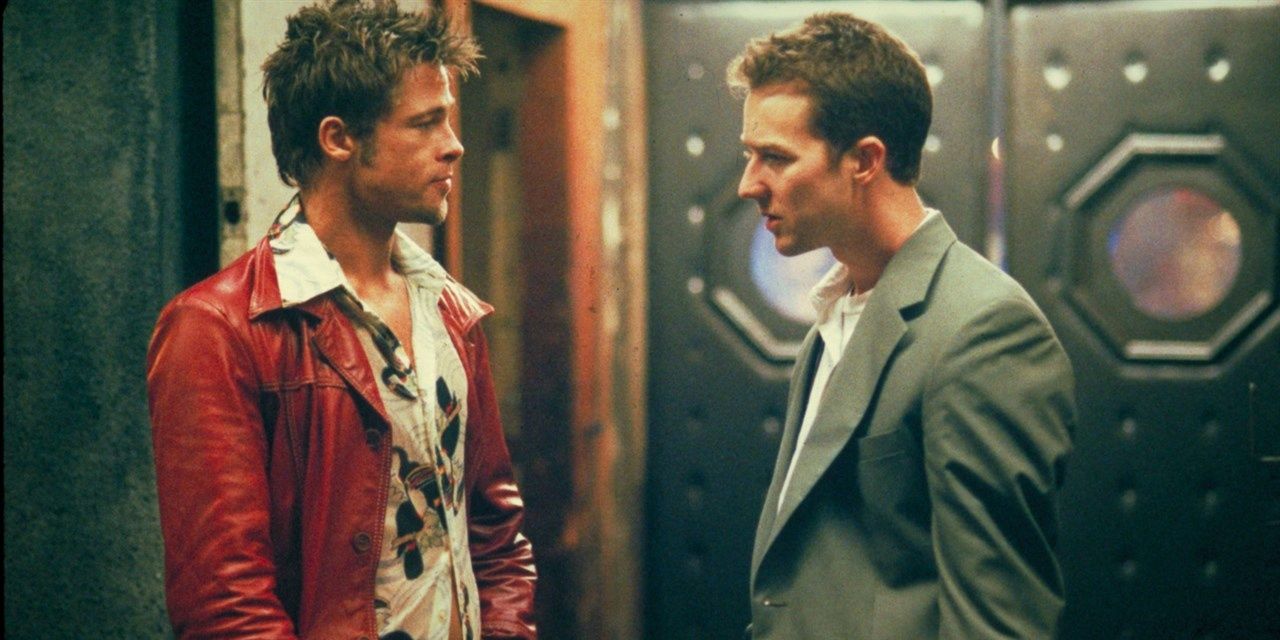
David Fincher’s cult classic Fight Club is jam-packed with hints that Brad Pitt’s iconic character, Tyler Durden, is a figment of Edward Norton’s Narrator’s imagination. Early in his voiceover, the Narrator says, “When you’re suffering from insomnia, nothing’s really real.”
This isn’t the only time the movie foreshadows its ending. A bunch of the Project Mayhem guys are already familiar with the Narrator, although he has no recollection of meeting them. The most obvious example is when he beats himself up in his boss’ office. The movie is eager to spoil its own ending, but the plot is so fast-paced that it’s impossible to notice.
7 Skyfall (2012)
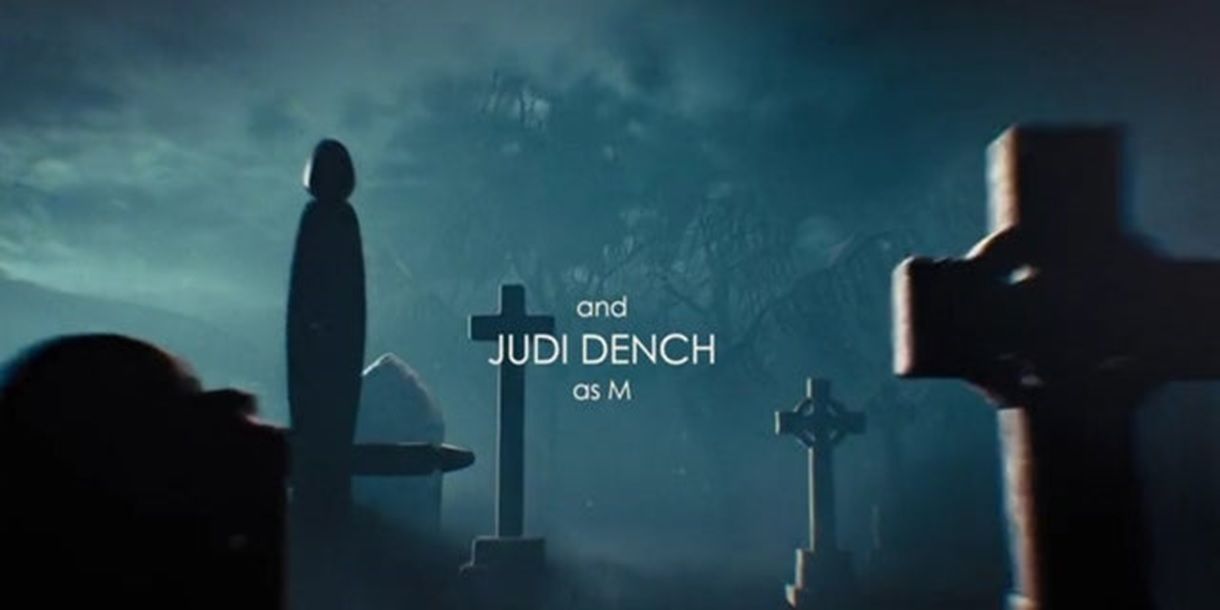
Sam Mendes’ Skyfall is a different kind of adventure for 007. The climactic showdown with the villain, Raoul Silva (Javier Bardem), brings him back to his childhood home in Scotland. Although he’s able to defeat Silva, sadly, he loses M as she is killed in the process.
While it may have come as a great shock to some, the movie’s opening credits had actually subtly foreshadowed M’s heartbreaking death when Judi Dench’s name appeared over a shot that contained several tombstones. Dench’s M had been with the franchise since before Daniel Craig joined, so making her death the centerpiece felt appropriate.
6 Saving Private Ryan (1998)
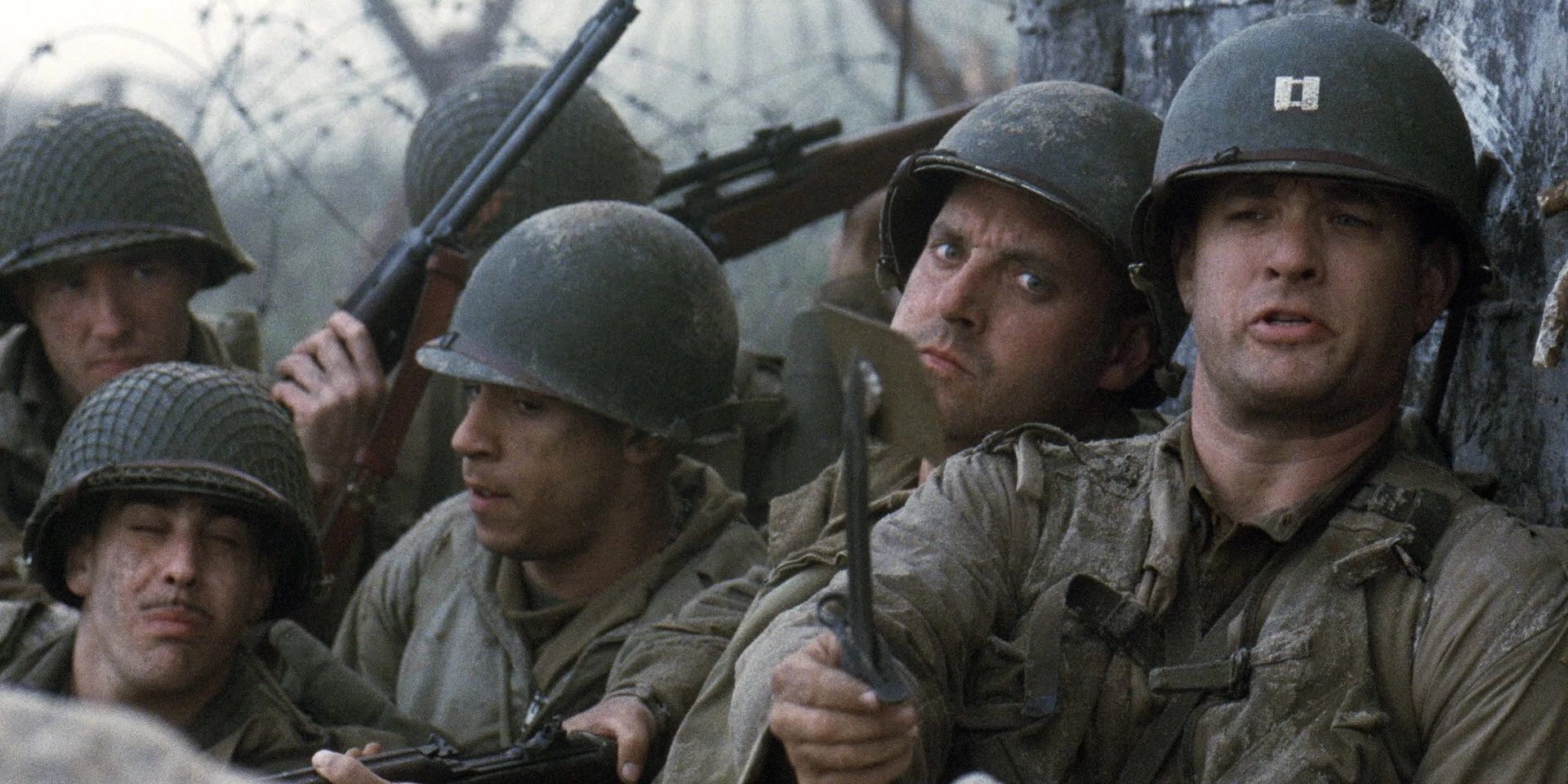
While the D-Day landings sequence is often called the opening scene of Saving Private Ryan, the actual opening scene is a short prologue in which an elderly war veteran walks through a graveyard and breaks down at a specific tombstone that reminds him of his wartime experiences. Steven Spielberg subtly implies this is an elderly version of Tom Hanks’ protagonist Captain Miller, as he cuts from the veteran’s face to a closeup of Hanks being shipped into Normandy.
However, the veteran turns out to be the titular Private James Ryan. The implication that the veteran is Miller makes the reveal that the tombstone is actually Miller’s even more heartbreaking. Eagle-eyed viewers who spotted the veteran’s 101st Airborne Division pin (as opposed to the Army Rangers pins worn by Miller and his men) realized that the team would, in fact, save Private Ryan.
5 Gran Torino (2008)

In an early scene in Gran Torino, Clint Eastwood’s grumpy Korean War veteran, Walt Kowalski jokingly reads his horoscope to his dog Daisy: “Your birthday today... this year, you have to make a choice between two life paths. Second chances come your way. Extraordinary events culminate in what might seem to be an anti-climax.” This perfectly describes the events of the movie to follow, as Walt chooses the path of leaving his racist attitude behind and save his neighbor from his cousin’s gang.
The gut-wrenching ending, in which Walt allows himself to be unceremoniously killed so that the bad guys will be arrested for his murder, is the definition of “what might seem to be an anti-climax.” However, spelling out Walt’s tragic fate from the beginning did tie into his grizzled, end-of-the-road characterization so it did seem like it should have been expected.
4 Reservoir Dogs (1992)
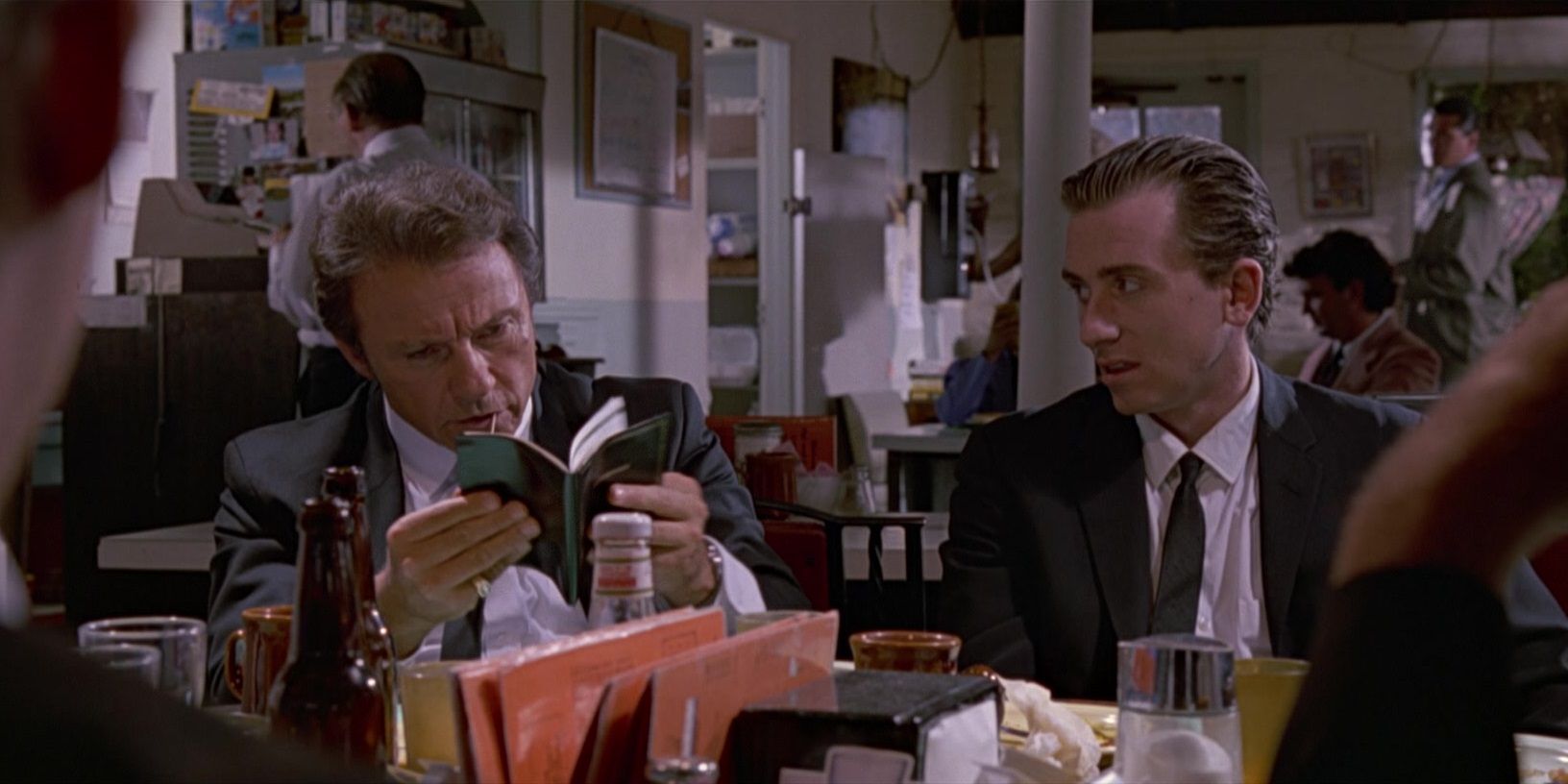
The big question running throughout Quentin Tarantino’s debut feature Reservoir Dogs is: who’s the undercover cop? The jewelry heist goes horribly wrong and the survivors regroup at the rendezvous point to figure out who among them is a police officer.
Tarantino maintains the tension at the beginning of the movie, keeping the audience on the edge of their seats until the midpoint reveals that Mr. Orange (Tim Roth) is the undercover officer. However, Mr. Orange actually gives away this twist in the opening diner scene. When Joe Cabot (Lawrence Tierney) asks which of the guys didn’t leave a tip, Mr. Orange is the one who rats out Mr. Pink (Steve Buscemi). Like most of the dialogue in Tarantino’s movies, this reveal is masterfully buried in so much mundane banter that it’s unnoticeable.
3 The Irishman (2019)
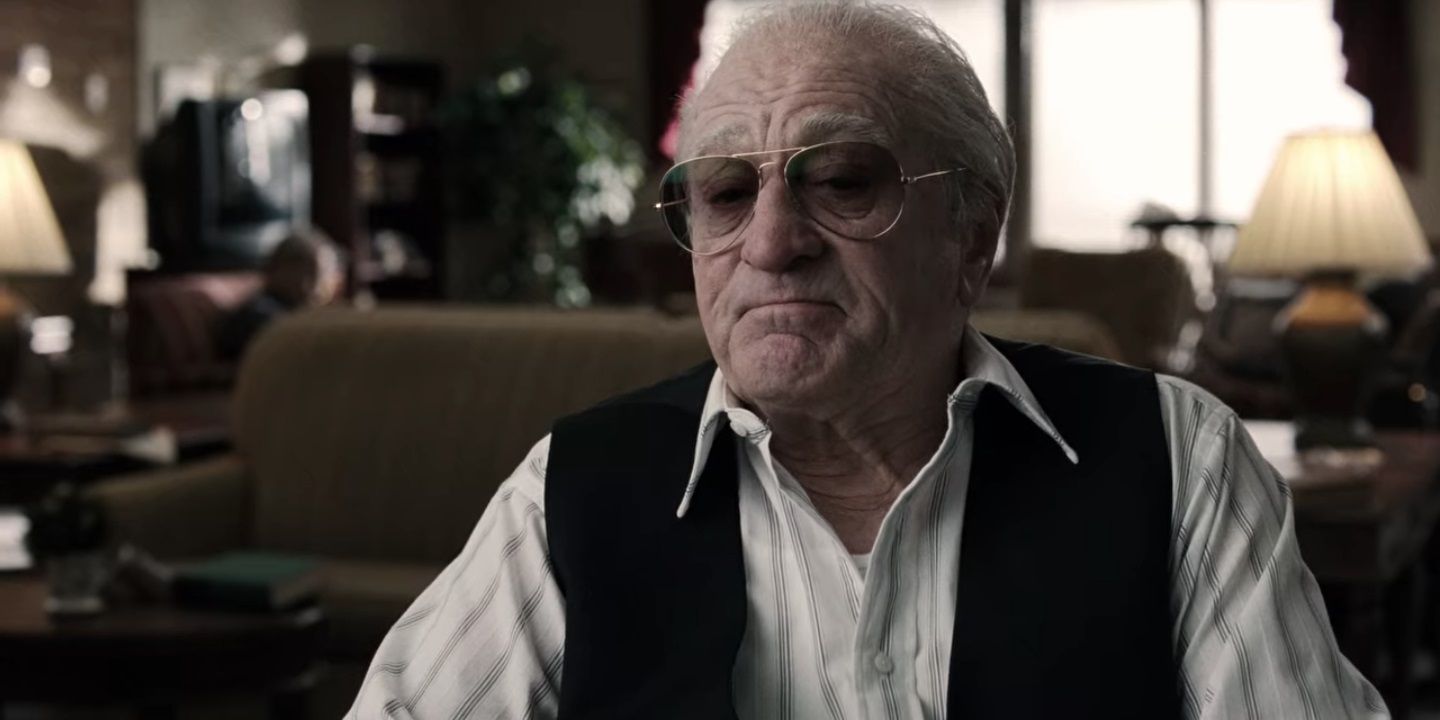
Martin Scorsese’s Netflix crime epic The Irishman chronicles the life of mob hitman Frank Sheeran (Robert De Niro) and his oft-disputed claim that he was responsible for the unsolved murder of union boss Jimmy Hoffa (Al Pacino). In Sheeran’s opening monologue, as he explains the criminal underworld’s definition of “painting houses,” Scorsese cuts away to him painting a wall with somebody’s brain. This is actually an obscured, close-up version of Hoffa’s murder from later in the movie.
A lot happens in The Irishman’s challenging three-and-a-half-hour runtime, but the subtle focus on Hoffa’s murder in the opening sequence tells audiences that Scorsese’s portrait of Sheeran will largely revolve around his supposed killing of his best friend.
2 The Shawshank Redemption (1994)
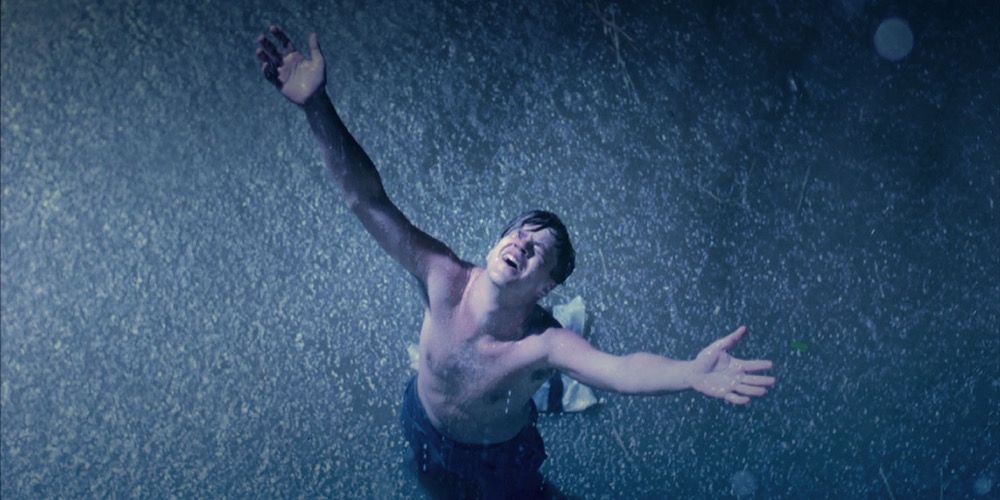
Frank Darabont’s acclaimed prison drama The Shawshank Redemption is still ranked as the greatest movie ever made on IMDb. When Andy (Tim Robbins) and Red (Morgan Freeman) are fantasizing about escaping from Shawshank State Prison, Red tells Andy not to waste his time with “sh*tty pipe dreams.”
When Andy does manage to escape in the movie’s thrilling finale, he tunnels out of the prison through a literal “sh*tty pipe.” The fact that Andy is told not to get his hopes up about escaping makes it all the more satisfying when he does manage to break out.
1 Shaun Of The Dead (2004)
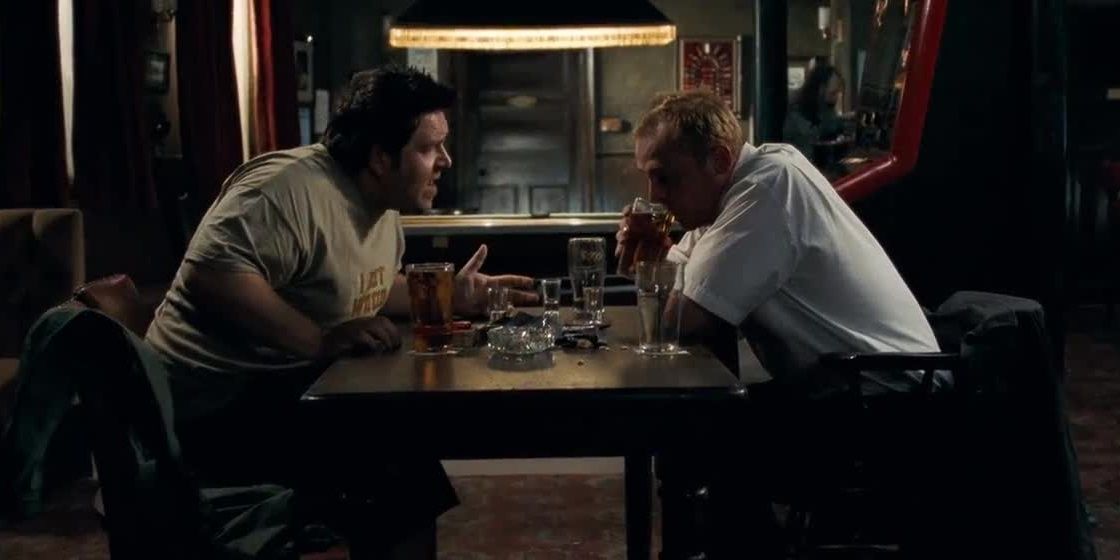
Edgar Wright’s Three Flavors Cornetto Trilogy is renowned for its use of foreshadowing. Arguably the trilogy’s most impressive example is Nick Frost’s monologue as Ed in the Winchester Pub in Shaun of the Dead. As he outlines a plan for him and Shaun (Simon Pegg) to spend the following day drinking, he unwittingly outlines how they’ll survive the zombie apocalypse.
Ed tells Shaun, “We’ll have a Bloody Mary first thing, a bite at the King’s Head, couple at the Little Princess, stagger back here, and bang, back at the bar for shots.” In reality, they kill a zombie named Mary; Shaun’s stepdad gets bitten in the head; they pick up Liz, David, and Dianne; they mimic the zombies’ walking style to get back to the Winchester; and they use the pub’s namesake rifle to shoot the undead. The genius of this foreshadowing is that Ed’s plan could easily just be a throwaway line, so the audience has no idea that Wright is spelling out the whole plot (until they watch the movie again and spot it).
from ScreenRant - Feed https://ift.tt/3rWpgK6


0 Comments